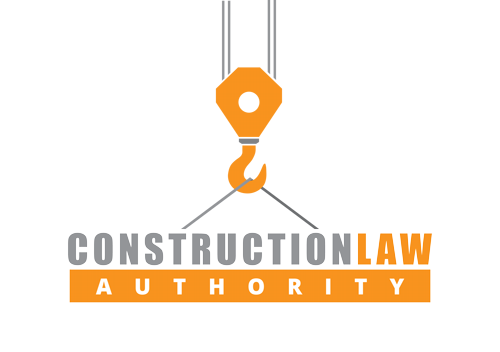Consequential Damages in Green Construction Lawsuits
By Mark J. Stempler


By Mark J. Stempler

As more state and local governments incorporate green building standards into public construction projects, it becomes important for participants such as contractors and design professionals bidding on those projects to pay attention to the "green" details....
by Mark J. Stempler The newest version of the popular LEED Green Rating System is affirmed. The U.S. Green Building Council (USGBC) announcced that its membership voted to adopt LEED v4 by an overwhelming 86%. This version of LEED has been in the works for a few years. Ultimatly, it withstood controversy and was refined through several public comment periods. Changes in LEED v4 from the current version (adopted in 2009) include: * A new credit category - Location and Transportation; * A new credit in the Sustainable Sites category - Rainwater Management; and * New prerequisites in the Water Efficiency category; and * New requirements for the use of LEED AP's for specific credits. There are several other additions and changes in LEED v4 which will affect numerous types of buildings. For the complete list, check out http://new.usgbc.org/v4. The full LEED v4 program, along with reference guides, will be unveiled at this year's Greenbuild conference in Philadelphia...
The Legal Risks in Building Green - Learn how to protect your project and yourself....
 The U.S. Green Building Council’s long awaited updates to the LEED Rating System are almost complete. LEED v4 has been in the works for more than a year. The likely final public comment period for the new rating system ends on March 31st, and voting on the changes is scheduled to begin June 1st.
The U.S. Green Building Council’s long awaited updates to the LEED Rating System are almost complete. LEED v4 has been in the works for more than a year. The likely final public comment period for the new rating system ends on March 31st, and voting on the changes is scheduled to begin June 1st.
There are some significant changes in LEED v4. It will include a new credit category, Location and Transportation. As the name suggests it focuses in part on location of buildings and connectivity to them. Some of the credits in this category, such as bicycle storage, reduced parking capacity and low-emitting vehicles are already part of the existing Sustainable Sites category, so they are just being moved. Speaking of which, a new credit for rainwater management has been added to the Sustainable Sites category in LEED V4, which will be an opportunity to earn points for capturing, treating and controlling on-site runoff.
There are some significant changes in the Water Efficiency category. There will be three prerequisites: Outdoor Water Use Reduction (applicable to projects with exterior vegetated areas); Indoor Water Use Reduction (like the former "Water Use Reduction" prerequisite, it requires 20% water use reduction, and will also require a WaterSense label for certain fixtures and fittings); and Building Level Water Metering (applicable to all projects, it calls for permanent water meters to measure usage, and the data must be shared with the USGBC for 5 years). There are also new credits for Cooling Tower Use and Water Metering.
A new study finds green building sharply on the rise....
Building "green" may help owners and builders save green in their wallets....
Contractors, Design Professionals and others may face increased liability on green construction projects....
Building Green May Keep Contractors and Designer Professionals in the Black...
Some counties in Florida now require buildings to be recertified when they reach a certain age and require problems discovered during the recertification inspection to be repaired in very short periods of time. Whether your building is subject to such a recertification program or not, it is never too early to implement a long-term preventative maintenance plan for your building to avoid being caught by surprise with costly repairs....
